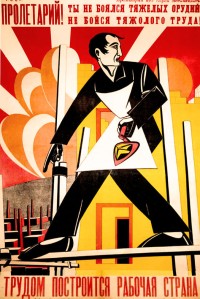Workers
Although intellectuals and political parties proved decisive, the Russian Revolutions of February and October 1917 could not have occurred without workers, who joined soldiers and peasants in challenging Imperial Russia's inequality and class hierarchy. Coming to power with support from small, but highly committed contingents of workers, the Bolsheviks proceeded to rule in the name of the working class. Yet they established their "dictatorship of the proletariat" in a country where peasants comprised at least 80 percent of the population. In 1917, workers were driven to strike, demonstrate, and organize in factory committees by the desperation caused by Russia's disastrous involvement in World War I. [Text continues at bottom of page]

Amid the Russian Civil War, the already comparatively small working class fragmented as factories and mines shuttered in 1918 and 1919. In search of food and security, individuals returned to villages, from which they were at most only a generation removed. Others, seizing on opportunities for social mobility, joined the Red Army or, if possessing literacy and some education, the growing state bureaucracy, both were institutions that opened doors to workers. Initially supportive of democracy and empowerment in the workplace, the Soviet government and the Communist Party gradually brought labor organizations under centralized control. From the Civil War onward, Bolshevik propaganda and culture idealized workers, portraying them as heroic, masculine exemplars of Marxism's agent of the epoch-making transition from capitalism to communism.
Initiated by Josef Stalin in 1928, the Five-Year plans for industrializing the country caused the number of industrial workers to skyrocket, swamping the modest working class of the 1920s. Initially, the best workers earned the title of "shock worker" by fulfilling and surpassing their production quotas to win socialist competitions in the workplace. They received recognition, had their stories told in the newspapers, spoke at public meetings, and received small perks in the form of consumer goods, so rare during the early, austere years. As time progressed, a majority of industrial workers were achieving their targets, devaluing the title of shock worker and its heralded example.
In 1936, a movement named for Aleksei Stakhanov, who mined 102 tons of coal in one shift, swept the Soviet Union. Its typical participants were male workers in heavy and extractive industries who set records many multiples of the norm: in Stakhanov's case, fourteen times the daily quota for mining coal. Stakhanovites were showered with rewards designed to goad all workers into greater efficiency. In speeches and newspaper stories, they described how, inspired by Comrade Stalin, they overcame the skepticism of bosses and coworkers to achieve their exploits. Certainly, they benefited from behind-the-scenes aid from local and regional bosses, who set up conditions permitting Stakhanovites to achieve their feats. Disruptive to workplace morale and the normal flow of production, the Stakhanovite model dwindled in importance by the 1940s.
Throughout the 1930s, state discipline and the threat of coercion had eliminated most space for independent worker action in the workplace. Stalinism entailed hierarchical workplace discipline in which the factory director's word, much like that of Comrade Stalin, was law. Harsh penal statutes reinforced the orders. A worker could face incarceration for petty theft or for arriving late even a few times. After Stalin died in 1953, these laws---haphazardly enforced when on the books---were discarded altogether.
By the late 1950s, a new paradigm lauded members of "Brigades of Communist Labor", called on to model the qualities necessary to realize Nikita Khrushchev's pledges that the Soviet Union was soon to transition to the ideal society, communism. In the Brezhnev era, from the mid-1960s to the early 1980s, authorities incentivized model workers, even amid the era's decreased ideological fervor and at a time when the workforce had an increase in the proportion of women. As the Khrushchev and Brezhnev eras brought stability, workers faced a chronic labor shortage and a protective labor code, both of which permitted them to avoid applying themselves on the job. In fact, wages earned for most jobs were paid through state subsidies and so government efforts to incentivize were merely superficial.
By the 1970s, the average worker---as well as numbers of white-collar employees---could operate on the job under a commonplace principle: "We pretend to work, they pretend to pay us." High rates of absenteeism, lackadaisical work habits, employee alcohol abuse and other breakdowns of workplace discipline became objects of Mikhail Gorbachev's reforms after he took office in 1985.
Suggested Reading and Resources
Diane Koenker, Republic of Labor: Russian Printers and Soviet Socialism, 1918--1930 (Cornell University Press, 2005).
Seventeen Moments of Soviet History, "Workers" http://soviethistory.msu.edu/theme/workers/.
Lewis Siegelbaum and Ronald G. Suny, eds. Making Workers Soviet:Power, Class, and Identity (Cornell University Press, 1994).
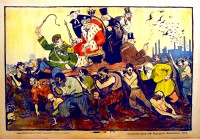
![PP 009: Parasites and do-nothings, whoever doesn't work for themselves disturbs the work of others. [Partial translation]](https://www.posterplakat.com/thumbs/the-collection/posters/pp-009/pp009-200x150.jpg)
![PP 011: Тen commandments of the proletariat.
Labor - the beginning of life. Labor - the light of a warm day.
[Partial translation]](https://www.posterplakat.com/thumbs/the-collection/posters/pp-011/pp011-200x259.jpg)
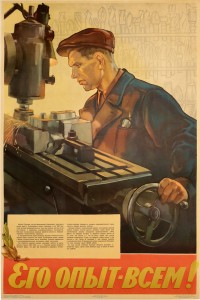
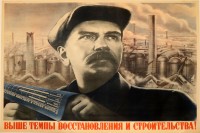
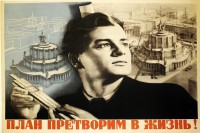
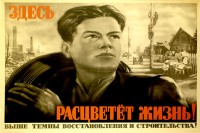
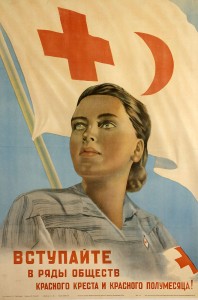
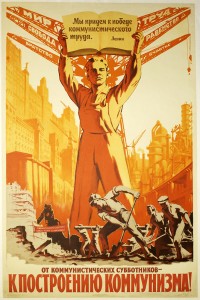
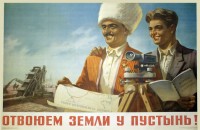
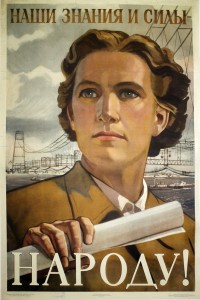
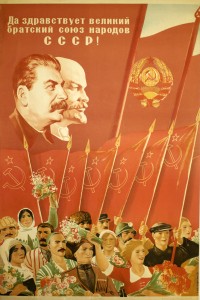
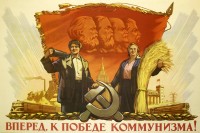
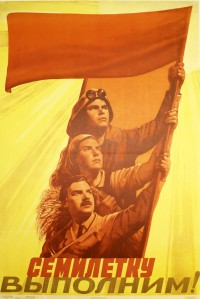

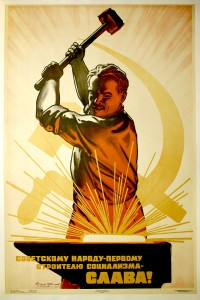
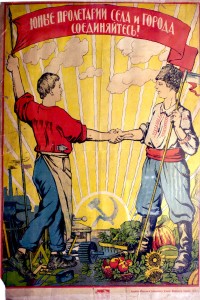
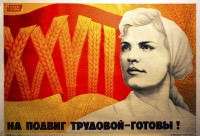
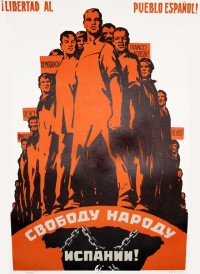
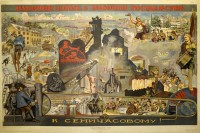
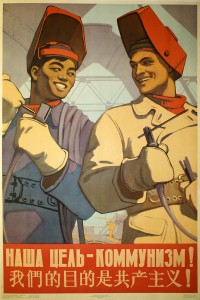
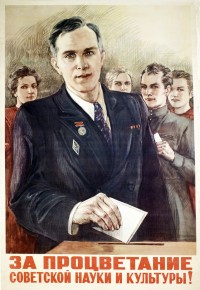
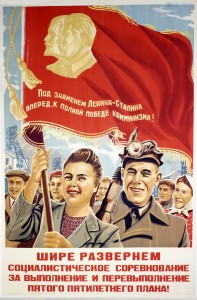
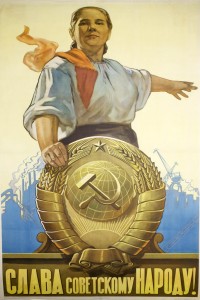
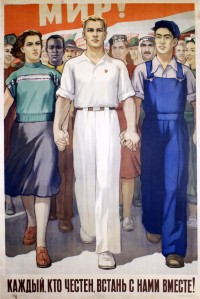
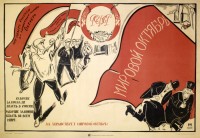
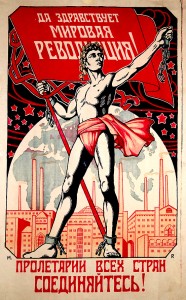
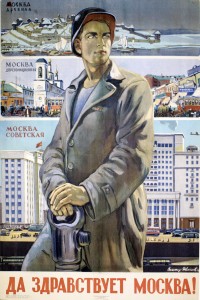
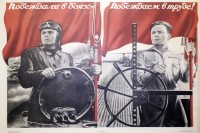
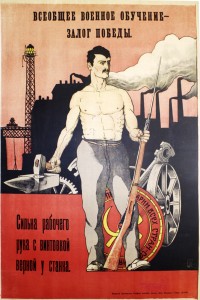
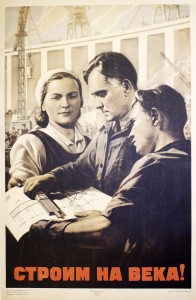
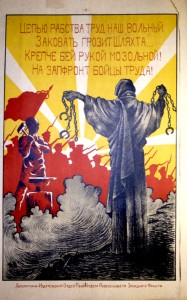
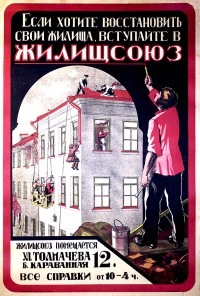
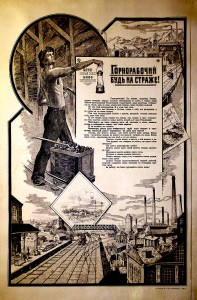
![PP 414: Villager, give bread to workers and in exchange the Soviet Republic will give you everything that factories and plants are producing! [Partial translation]](https://www.posterplakat.com/thumbs/the-collection/posters/pp-414/pp414-200x270.jpg)
![PP 416: Only a close and unbreakable union of workers and peasants will save Russia from economic destruction and starvation.
Workers: Give the country agricultural machines to increase production of bread for the republic – steam locomotives to carry bread to all starving areas – weapons for the Red Army to protect the power of workers from the capitalists. [Partial translation]](https://www.posterplakat.com/thumbs/the-collection/posters/pp-416/pp416-200x160.jpg)
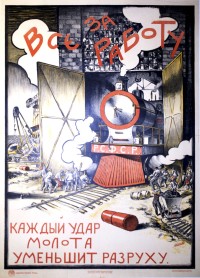
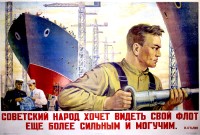
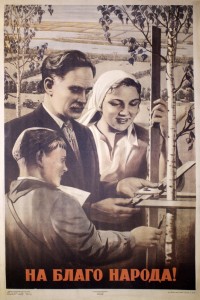
![PP 513: My [machine] part is strong and precise and it will serve the motherland!](https://www.posterplakat.com/thumbs/the-collection/posters/pp-513/pp513-200x149.jpg)
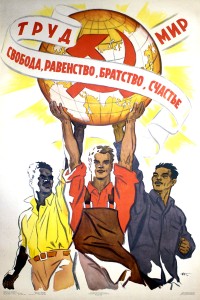
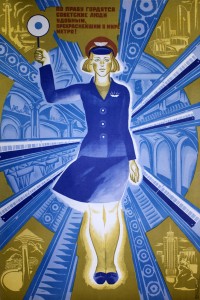
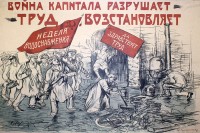
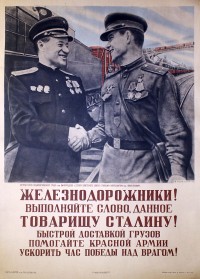
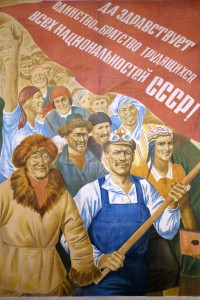
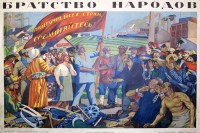
![PP 609: Round the clock production increases the people’s wealth.
A man should work and have rest.
A machine should work around the clock.
[Partial translation]](https://www.posterplakat.com/thumbs/the-collection/posters/pp-609/pp609-200x300.jpg)
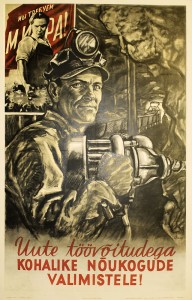
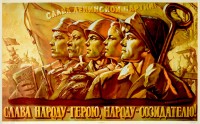
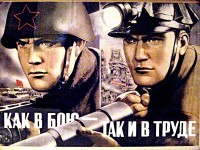
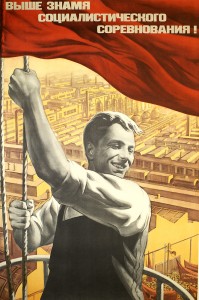
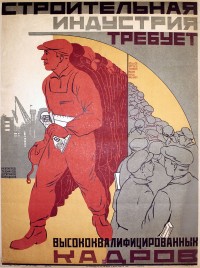
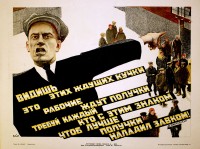
![PP 718: Long live the society for connections between city and country!
10th Anniversary of OSGD 1923-1933
[Top left in red] “The most radical, most important issue is the relation of the working class to peasants and the union of the working class with peasants.” --Lenin
[Partial translation]](https://www.posterplakat.com/thumbs/the-collection/posters/pp-718/pp718-200x133.jpg)
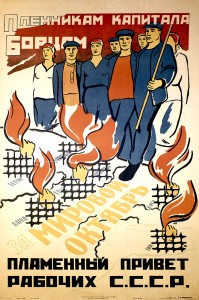
![PP 744: To Beloved Moscow -
For New Centuries!
1147-1947 [anniversary date]](https://www.posterplakat.com/thumbs/the-collection/posters/pp-744/pp744-200x133.jpg)
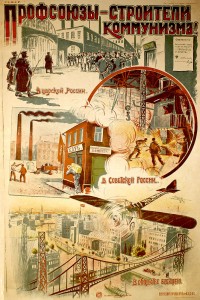
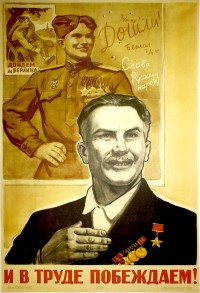
![PP 776: Proletariats of the country and of the city, unite!
Peasant and Worker!
In the same way as in this picture, join hands with each other and make an alliance of brothers,
swear together this union of brothers will strongly support each other.
[Partial translation]](https://www.posterplakat.com/thumbs/the-collection/posters/pp-776/pp-776-catalog-image-200x287.jpg)
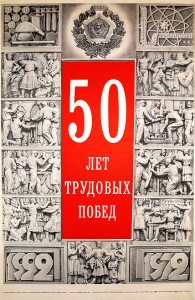
![PP 784: The labor deserter that repented.
Published in newspapers of the Ural Region is a testimonial letter from a labor deserter, Simion Loshkin, citizen of the village of Liudovnichi.
[Partial translation]](https://www.posterplakat.com/thumbs/the-collection/posters/pp-784/pp-784-catalog-image-192x300.jpg)
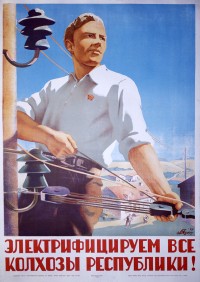
![PP 799: Metal Workers! Everyone to elections of soviets!
For industrialization of the country through strength of the soviets 100% to the polls!
New election of the Mossoviet and Raisoviet will take place on ....March [at] this year's Presidium of Mosraikom of VSRM.](https://www.posterplakat.com/thumbs/the-collection/posters/pp-799/pp-799-catalog-image-200x300.jpg)
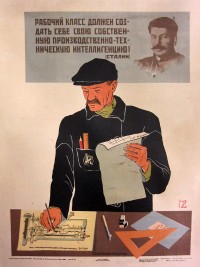
![PP 889: History of the International Professional Trade Union Movement.
[Partial translation]](https://www.posterplakat.com/thumbs/the-collection/posters/pp-889/pp-889-catalog-image-200x254.jpg)
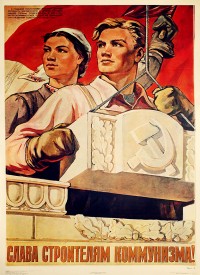
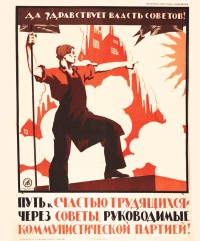
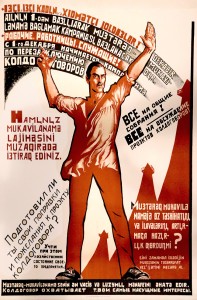
![PP 1049: Factory committees: take care of conscientious payment of contributions to the insurance [fund]!](https://www.posterplakat.com/thumbs/the-collection/posters/pp-1049/pp1049-200x273.jpg)
![PP 1113: Work conditions at the Donbas mine.
[Partial translation]](https://www.posterplakat.com/thumbs/the-collection/posters/pp-1113/pp-1113-catalog-image-200x263.jpg)
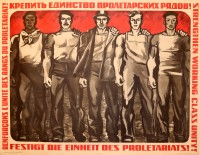
![PP 1125: Throw old-fashioned technology on the rubbish heap.
[Let] slogans sound among the working platoons.
From shock brigades to shock workshops, from
shock workshops to shock factories.](https://www.posterplakat.com/thumbs/the-collection/posters/pp-1125/pp-1125-catalog-image-200x260.jpg)
![PP 1126: Ensure the fulfillment of workers by non-cash payments through the Savings Bank.
[Center of poster]:](https://www.posterplakat.com/thumbs/the-collection/posters/pp-1126/pp-1126-catalog-image-200x280.jpg)
![PP 1127: Make suggestions!!!
Comrades! Every one of you knows your work better than any other, every one of you knows the shortcomings, misconceptions, and difficulties you encounter, and knows how to remedy them.
[Partial translation]](https://www.posterplakat.com/thumbs/the-collection/posters/pp-1127/pp-1127-catalog-image-199x300.jpg)
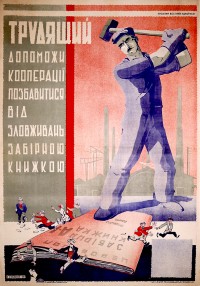
![PP 1138: Come to the mines of Soiuzzoloto [Union-Gold], there, every prospector will find work and collaboration!](https://www.posterplakat.com/thumbs/the-collection/posters/pp-1138/pp-1138-catalog-image-200x135.jpg)
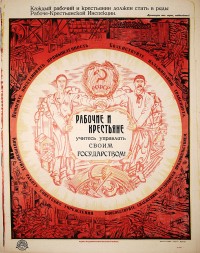
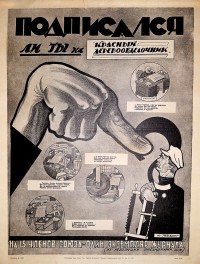
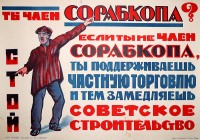
![PP 1176: Who dwells in the palace?
[Partial translation]](https://www.posterplakat.com/thumbs/the-collection/posters/pp-1176/pp-1176-catalog-image-200x280.jpg)
